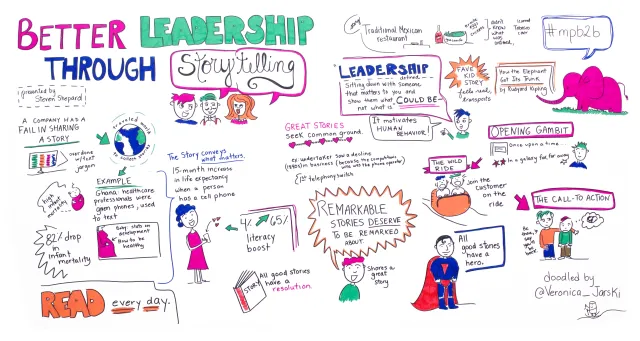Storytelling is a powerful leadership tool that transcends data and directives, tapping into the emotional core of human motivation. Great leaders use stories to communicate vision, share values, and build a sense of collective purpose. Unlike traditional presentations, storytelling captures attention, fosters connection, and makes complex ideas easier to understand. Whether launching a new initiative or guiding a team through change, a well-crafted story can inspire action and align everyone toward a common goal.
Stories humanize leadership. By sharing personal challenges, lessons learned, or customer success stories, leaders build authenticity and trust. These narratives bridge the gap between authority and relatability, showing employees the “why” behind decisions. This emotional resonance often leads to greater engagement and buy-in, especially during times of uncertainty. Storytelling also reinforces company culture, illustrating core values in action rather than merely listing them on a wall.
To lead through storytelling effectively, leaders should focus on clarity, relevance, and sincerity. The best stories are simple, purposeful, and audience-centered. They have a beginning (the challenge), middle (the journey), and end (the resolution or insight). Leaders who consistently communicate through stories cultivate loyalty, resilience, and a stronger emotional connection between teams and mission—making storytelling not just a soft skill, but a strategic advantage.






